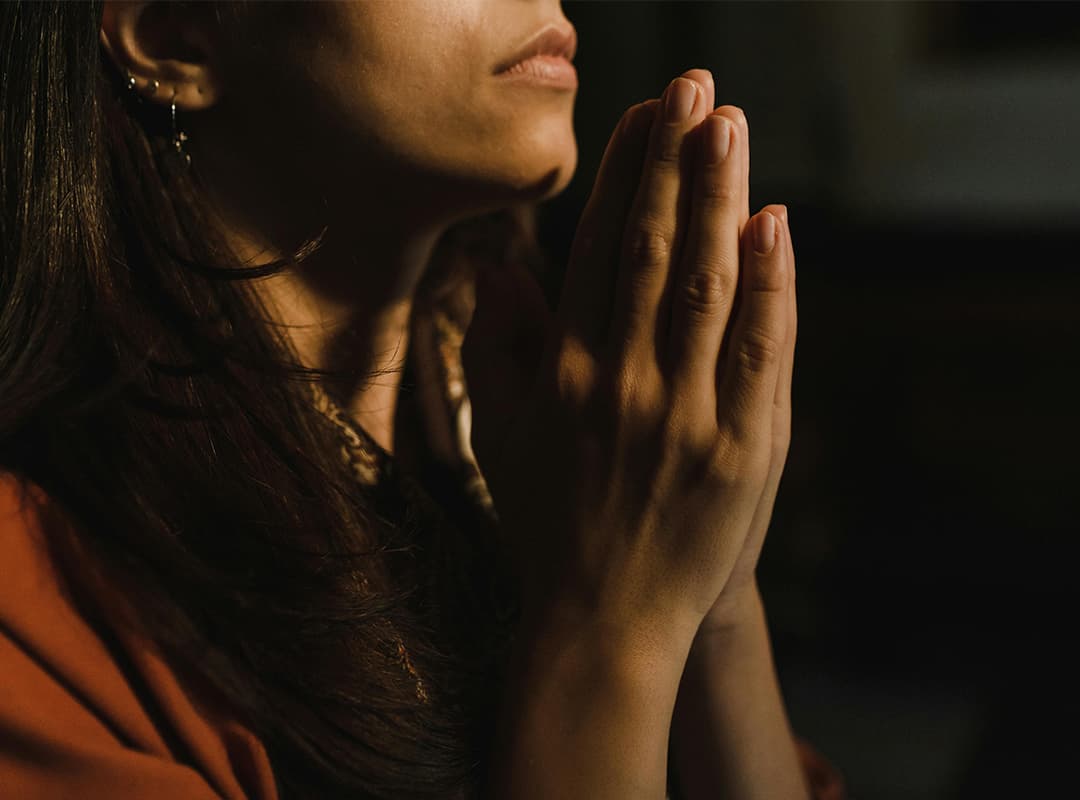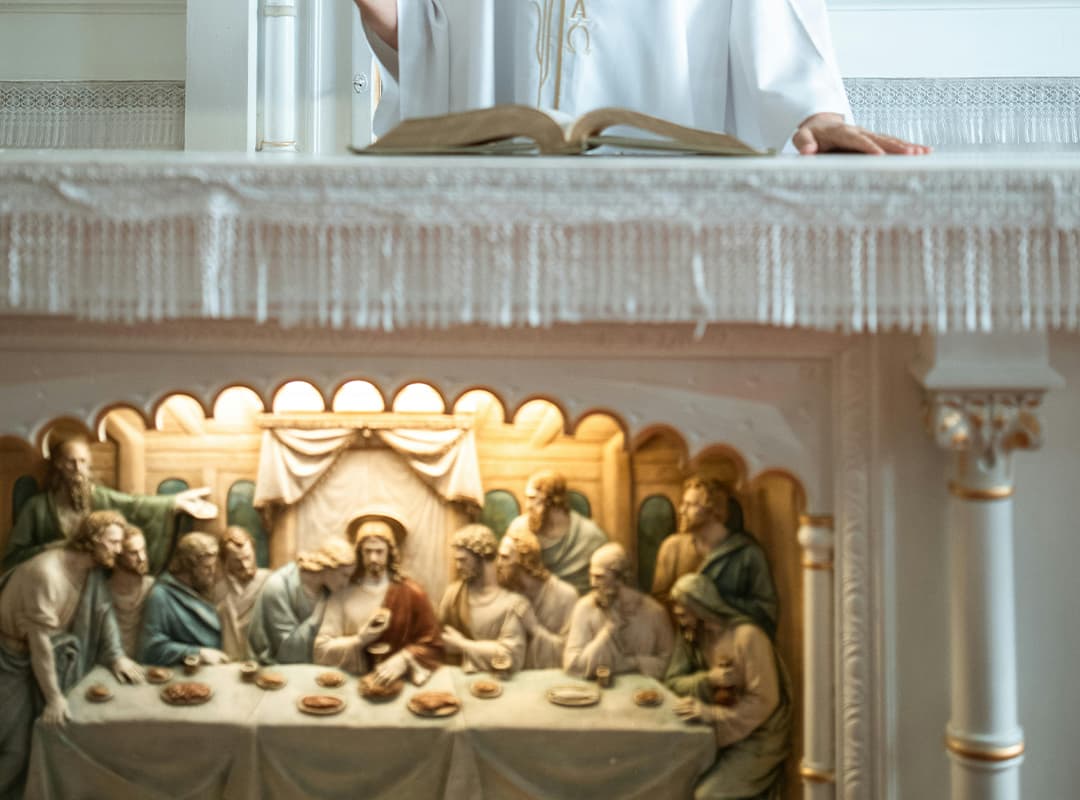On its way to becoming the state religion of the Roman Empire, Christianity had to overcome the serious influence and internal resistance of the traditional religions of the numerous peoples and states conquered by Rome. The consolidation of the disparate Christian communities into a single church also involved a struggle against the various trends, currents, and shades within Christianity itself.
Early Christianity took each step on the way to its establishment in fierce confrontation with tribal religions and ideological differences in its own environment. The victory of the new religion in the face of the brutal socioeconomic reality of the Roman Empire testified not only to the ideological potential of this religion. This victory proved that the socio-economic and epistemological prerequisites for the emergence of a cosmopolitan, world religion had matured in the depths of ancient Roman society.
Already in the first centuries, Christianity left deep traces of its influence in the actual existence of the Roman Empire. Later on, the state religion of the Roman Empire was increasingly divided into two directions, Western and Eastern, which was due to the peculiarities of its development.
This once mighty empire was experiencing a deep crisis. Its economic foundations, social structure, and spiritual life were shaken by numerous uprisings of slaves and oppressed peoples, and were undermined by internecine power struggles in the ruling strata of society, as well as by incessant wars of conquest. The very integrity of the empire was also threatened: the Persian state threatened it from the east, and Germanic tribes from the north.
Under the pressure of unfavorable circumstances, Emperor Constantine moved the capital of the empire from Rome to the eastern colony of Byzantium in 330, which was named Constantinople. At the end of the fourth century, the empire was divided into western and eastern parts. In 476, the western part of the Roman Empire fell apart under the blows of the conquerors into numerous large and small feudal states. The eastern part retained its integrity until the fifteenth century.
In the peculiar conditions of the western and eastern parts of the once united empire, two centers of Christianity gradually emerged-Rome and Constantinople.
The feudal fragmentation of Western Europe contributed to the formation of a spiritual center that rose above secular power. The Roman bishop, the most influential figure among church hierarchs and the richest ruler, tried to inherit even the imperial throne. Since the seventh century, only Roman bishops have been given the title of pope, which almost all bishops had previously held.
The Byzantine spiritual center was formed in a monolithic, stable state with strong imperial power. In the presence of a centralized secular government, there was a fragmentation of churches. The ancient eastern churches of Constantinople, Antioch, Alexandria, and Jerusalem are constituted as equal and autocephalous, i.e. independent.
Formal supremacy as the first among equals is recognized for the Patriarch of Constantinople. All churches unconditionally recognize the supreme power of the emperor and his status as a secular head of the church.
Rome and Constantinople were drawn into a centuries-long, exhausting struggle for dominant influence in the Christian world. Theological controversy over dogma and worship also began. Common religious ideas, worship practices, and church organization were subjected to special interpretations and practical changes in both Christian centers. Sharp disputes led to a decisive separation and a complete division of the churches in 1054.
Both centers claimed a dominant role in Christianity. The Western Church appropriated the title of universal, while the Eastern Church appropriated the title of keffalos, which is practically identical to the concept of “world church.” Orthodox and Catholic theologians interpret the split in Christianity and the emergence of its two branches as dogmatic and cultic differences. deviations from Christian orthodoxy.
In fact, both trends in Christianity arose out of qualitatively different conditions for the functioning of the church in Byzantium and Rome, in the East and the West. Orthodoxy and Catholicism were called to life by the entire course of events, by the peculiarity of the historical situation, which formed dogmatic and cultic features that are not identical, ideological interpretations.
An essential and integral element of Orthodoxy is a specific set of religious ideas that define the conceptual side of this religion and its doctrine. The basis of the Orthodox doctrine is the Creed, which is common to all of Christianity.
The Creed is inherent in any religion. It is a concise statement of the fundamental tenets on which the entire branched system of doctrine is built. The Christian (Apostles’) Creed was adopted at the first ecumenical councils of the church in Nicaea (325) and Constantinople (381) after lengthy theological discussions and sharp clashes of views and positions of the church fathers.
The Creed dogmatizes, elevates to the rank of absolute truths that must be accepted unconditionally and without doubt, i.e. on faith, a number of provisions that also relate to the image of the afterlife. The main of these dogmas are: the three hypostases of God (God the Father, God the Son. God the Son, God the Holy Spirit): the descent of the Holy Spirit from God the Father; the God-man, the atonement of sacrificial death, the resurrection, and the ascension of Jesus Christ; the second coming of the Savior, the resurrection of all the dead on the day of the Last Judgment for eternal life; the sinful nature of man, the need for humility and submission for the sake of heavenly bliss; the holiness of the one apostolic church, etc.
Orthodoxy attaches particular importance to the establishment of the Creed in the minds of believers and the promotion of its essence. The Creed is recited as a prayer at worship and in everyday life, in the traditions of Orthodoxy, and in choral performance in churches. A meaningful interpretation of the Creed is given in the Orthodox Catechism, which serves as a textbook in the system of primary religious education of parishioners.
The ideological source of the Orthodox doctrine is the Bible and sacred tradition, which includes the decisions of the first seven ecumenical councils (IV-IX centuries), as well as the theological and philosophical heritage, political and social doctrines of the “teachers of the church”, Christian writers of the II-VIII centuries – Justin, Tertullian, Clement of Alexandria, Origen, Basil the Great, Gregory of Nyssa, Augustine, and others.


